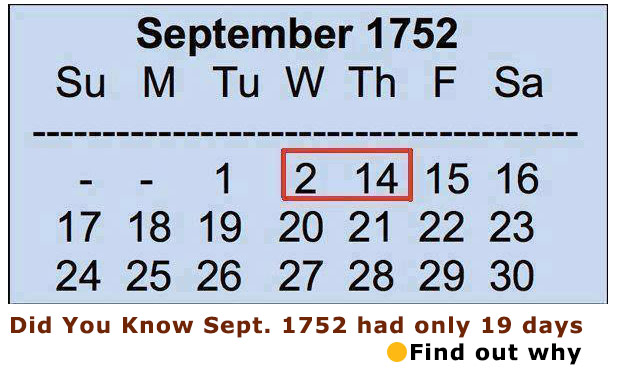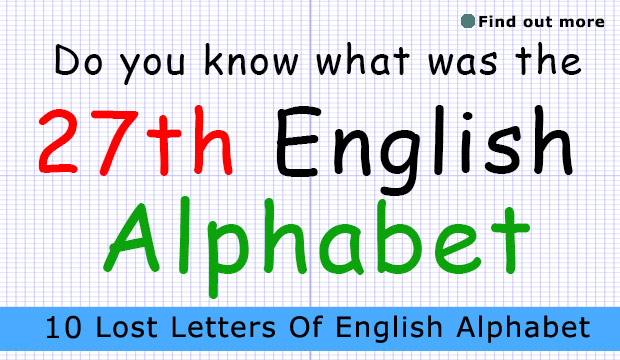
English has always been a living language, changing and evolving with use. But there are quite a few letters we tossed aside as the language grew, and you probably never even knew they existed. Before our modern alphabet was established, the language used many more characters we’ve since removed from our 26-letter lineup.
There are 26 letters to the English alphabet, with two of the letters — “A” and “I” — themselves also constituting words. But as seen above, another character — the ampersand (&) — also, at times, was included among the current 26. And amazingly, the word “ampersand” is probably a byproduct of the symbol’s inclusion.
Here are 10 letters that are no longer part of English alphabet
1. Thorn (þ)
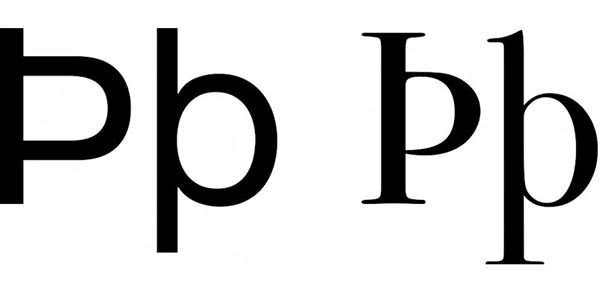
Thorn is in many ways the counterpart to eth. Thorn is also pronounced with a th sound, but it has a voiceless pronunciation—your vocal cords don’t vibrate when pronouncing the sound—like in thing or thought.
Today, the same th letter combo is used for both þ and ð sounds. There is a pronunciation difference—thorn is a voiceless pronunciation and eth is voiced.
We replaced it with ‘th’ over time—thorn fell out of use because Gothic-style scripting made the letters Y and thorn look practically identical. And, since French printing presses didn’t have thorn anyway, it just became common to replace it with a Y.
2. Wynn (ƿ)

Wynn was incorporated into our alphabet to represent today’s w sound. Previously, scribes used two u characters next to each other, but preferred one character instead and chose wynn from the runic alphabet. The double u representation became quite popular and eventually edged wynn out.
3. Yogh (ȝ)
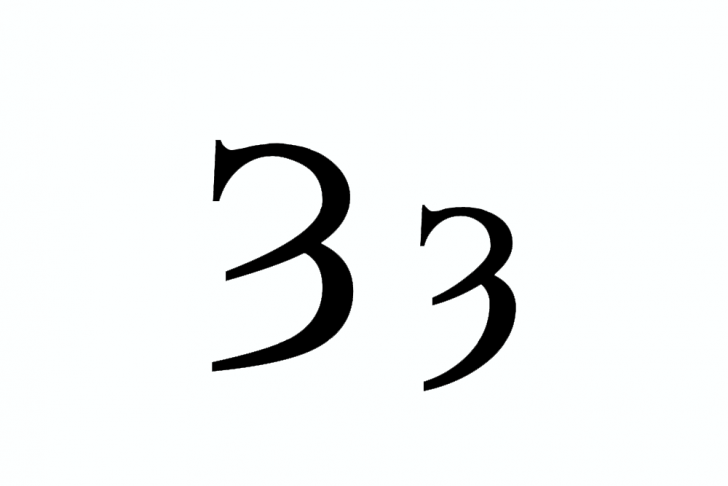
Yogh was historically used to denote throaty sounds like those in Bach or the Scottish loch. As English evolved, yogh was quickly abandoned in favor of the gh combo. Today, the sound is fairly rare. Most often, the gh substitute is completely silent, as in though or daughter.
4. Ash (æ)

Ash is still a functional letter in languages like Icelandic and Danish. In its original Latin, it denoted a certain type of long vowel sound, like the i in fine. In Old English, it represented a short vowel sound—somewhere between a and e, like in cat. In modern English, æ is occasionally used stylistically, like in archæology or medæval, but denotes the same sound as the letter e.
5. ETH (ð)
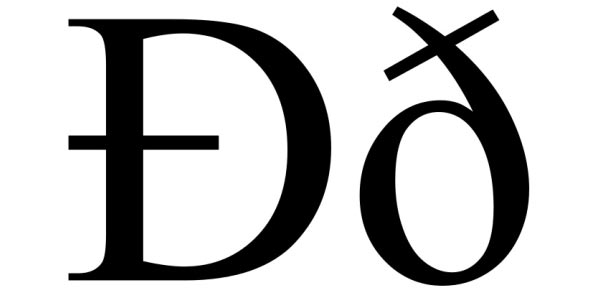
Eth is kind of like the little brother to thorn. Originating from Irish, it was meant to represent a slightly different pronunciation of the “th” sound, more like that in “thought” or “thing” as opposed to the one found in “this” or “them.” (The first is the voiceless dental fricative, the second is the voiced dental fricative.)
Note that, depending on your regional accent, there may not be much of a difference (or any at all) in the two pronunciations anyway, but that’s Modern English. Back in the old days, the difference was much more distinct. As such, you’d often see texts with both eth and thorn depending on the required pronunciation. Before too long, however, people just began using thorn (and later “th”) for both and so eth slowly became unnecessary.
6. Ampersand (&)
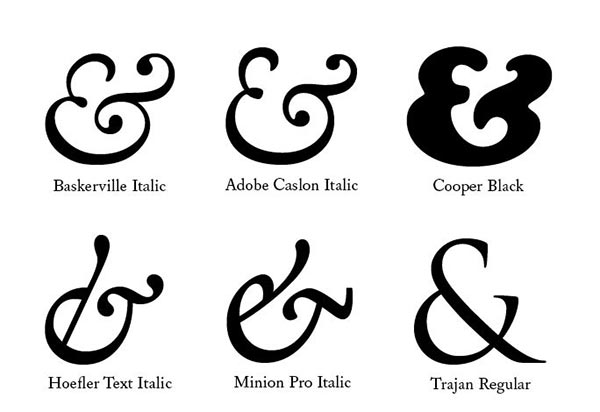
Today we just use it for stylistic purposes, but the ampersand has had a long and storied history in English, and was actually frequently included as a 27th letter of the alphabet as recently as the 19th century.
In fact, it’s because of its placement in the alphabet that it gets its name. Originally, the character was simply called and or sometimes et (from the Latin word for and, which the ampersand is usually stylistically meant to resemble). However, when teaching children the alphabet, the & was often placed at the end, after Z, and recited as “and per se and,” meaning “and in and of itself” or “and standing on its own.”
So you’d have “w, x, y, z, and, per se, and.” Over time, the last bit morphed into “ampersand,” and it stuck even after we quit teaching it as part of the alphabet.
7. ETHEL (œ)
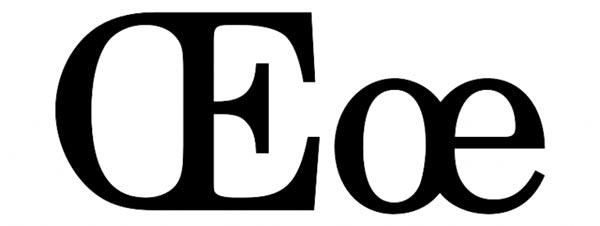
Similar to Æ/ash/æsc above, the digraph for OE was once considered to be a letter as well, called ethel.
It was traditionally used in Latin loan words with a long E sound, such as subpœna or fœtus. Even federal was once spelled with an ethel. (Fœderal.) These days, we’ve just replaced it with a simple E.
8. LONG S (ʃ)
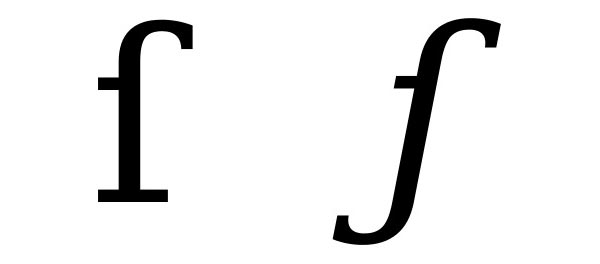
You may have seen this in old books or other documents. Sometimes the letter S will be replaced by a character that looks a bit like an F. This is what’s known as a “long s,” which was an early form of a lowercase S. And yet the modern lowercase S (then referred to as the “short s”) was still used according to a complicated set of rules (but most usually seen at the end of a word), which led to many words (especially plurals) using both. It was purely a stylistic lettering, and didn’t change pronunciation at all. It was also kind of silly and weird, since no other letters behaved that way, so around the beginning of the 19th century, the practice was largely abandoned and the modern lowercase S became king.
The long s disappeared from new typefaces rapidly in the mid-1790s, and most printers who could afford to do so had discarded older typefaces by the early years of the 19th century. After its decline and disappearance in printing in the early years of the 19th century, the long s persisted into the second half of the century in manuscript. In handwriting used for correspondence and diaries, its use for a single s seems to have disappeared first: most manuscript examples from the 19th century use it for the first in a double s.
9. ENG(ŋ)
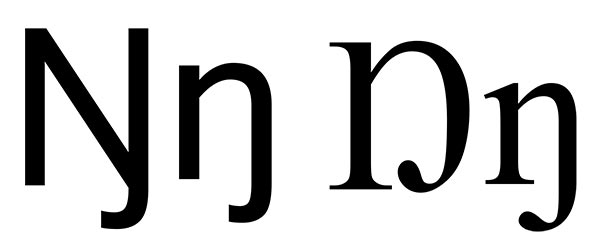
For this particular letter, we can actually point to its exact origin. It was invented by a scribe named Alexander Gill the Elder in the year 1619 and meant to represent a velar nasal, which is found at the end of words like king, ring, thing, etc.
Gill intended for the letter to take the place of ‘ng’ entirely, and while it did get used by some scribes and printers, it never really took off—the Carolingian G was pretty well-established at that time and the language was beginning to morph into Modern English, which streamlined the alphabet instead of adding more to it. Eng did manage live on in the International Phonetic Alphabet, however.
10. INSULAR G (ᵹ)

This letter (referred to as insular G or Irish G because it didn’t have a fancy, official name) is sort of the grandfather of the Middle English version of yogh. Originally an Irish letter, it was used for the previously mentioned zhyah/jhah pronunciation that was later taken up by yogh, though for a time both were used.
It also stood alongside the modern G (or Carolingian G) for many centuries, as they represented separate sounds. The Carolingian G was used for hard ‘g’ sounds, like growth or good, yogh was used for ‘ogh’ sounds, like cough or tough, and insular g was used for words like measure or vision.
As Old English transformed into Middle English, insular g was combined with yogh and, as mentioned earlier, was slowly replaced with the now-standard ‘gh’ by scribes, at which point insular g/yogh were no longer needed and the Carolingian G stood alone (though the insular G is still used in modern Irish).
